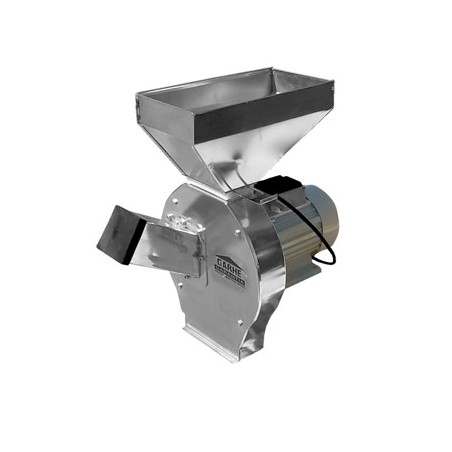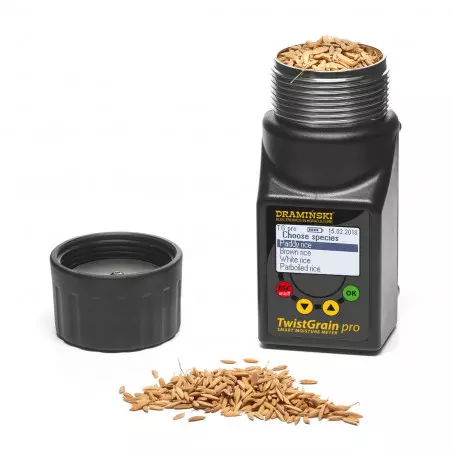The FAO Cereal Price Index averaged 166.3 points in June, down 7.2 points (4.1%) from May, but still 36.0 points (27.6%) above its June 2021 value.
After reaching a near-record level in May, international wheat prices fell by 5.7% in June, but still up 48.5% from their values last year. The decline in June was driven by seasonal availability from new harvests in the northern hemisphere, improved crop conditions in some major producers, including Canada, higher production prospects in the Russian Federation, and slower global import demand.

International coarse grain prices fell by 4.1% in June, but were still 18.4% above their year-earlier values. Downward pressure stemming from seasonal availabilities in Argentina and Brazil, where maize harvests progressed quickly, and improved crop conditions in the United States of America underpinned a 3.5% decline in world maize prices in June. Concerns over demand prospects amidst signs of an economic slowdown added to the downward pressure. Among other coarse grains, sorghum and barley prices fell in June by 4.1% and 6.1%, respectively, in tandem with lower maize and wheat quotations. Strong demand for Indica and basmati rice, coupled with thinning basmati availabilities, kept international rice prices on the rise in June.
The FAO Vegetable Oil Price Index averaged 211.8 points in June, down 17.4 points (7.6 percent) month-on-month, driven by lower prices across palm, sunflower, soy and rapeseed oils.
International palm oil prices declined for the third consecutive month in June, as seasonally rising output of major producing countries coincided with prospects of increasing export supplies from Indonesia amid large domestic inventories. In the meantime, world sunflower and soyoil price quotations also declined, tied to subdued global import demand in the wake of rising costs observed in recent months. In the case of rapeseed oil, besides demand rationing, international prices weakened on the imminent arrival of new crop supplies.
July 8, 2022/ FAO.
https://www.fao.org







